130 liter Dehumidifier Moisture content is, simply, how much water is in a product. It influences the physical properties of a substance, including weight, density, viscosity, conductivity, and others. It is generally determined by weight loss upon drying. There are many methods for determination of moisture content. The primary methods used are loss on drying and Karl Fischer titration. There are many methods for determination of moisture content. The primary methods used are loss on drying and Karl Fischer titration.
A dehumidifier is an electrical appliance that reduces and maintains the level of humidity in the air, usually for health or comfort reasons, or to eliminate musty odor and to prevent the growth of
mildew by extracting water from the air. It can be used for household, commercial, or industrial applications. Large dehumidifiers are used in commercial buildings such as indoor ice rinks and swimming pools, as well as manufacturing plants or storage warehouses. Portable Dehumidifier 130
Overview
Dehumidifiers extract water from air that passes through the unit. There are two types of dehumidifiers – condensate dehumidifiers and desiccant dehumidifiers. Condensate dehumidifiers use a refrigerator to collect water known as condensate, which is normally greywater but may at times be reused for industrial purposes. Some manufacturers offer reverse osmosis filters to turn the
condensate into potable water. Some designs, such as the ionic membrane dehumidifier, dispose off water as a vapor
History
The first dehumidifier was created by American inventor Willis Carrier in 1902 to dehumidify a Brooklyn printing plant. Carrier cited the discovery as later motivating further discoveries in air conditioning



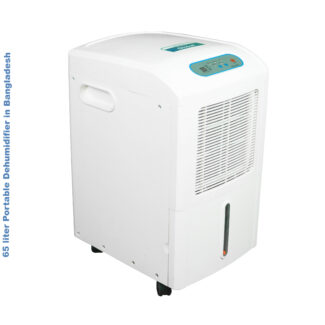


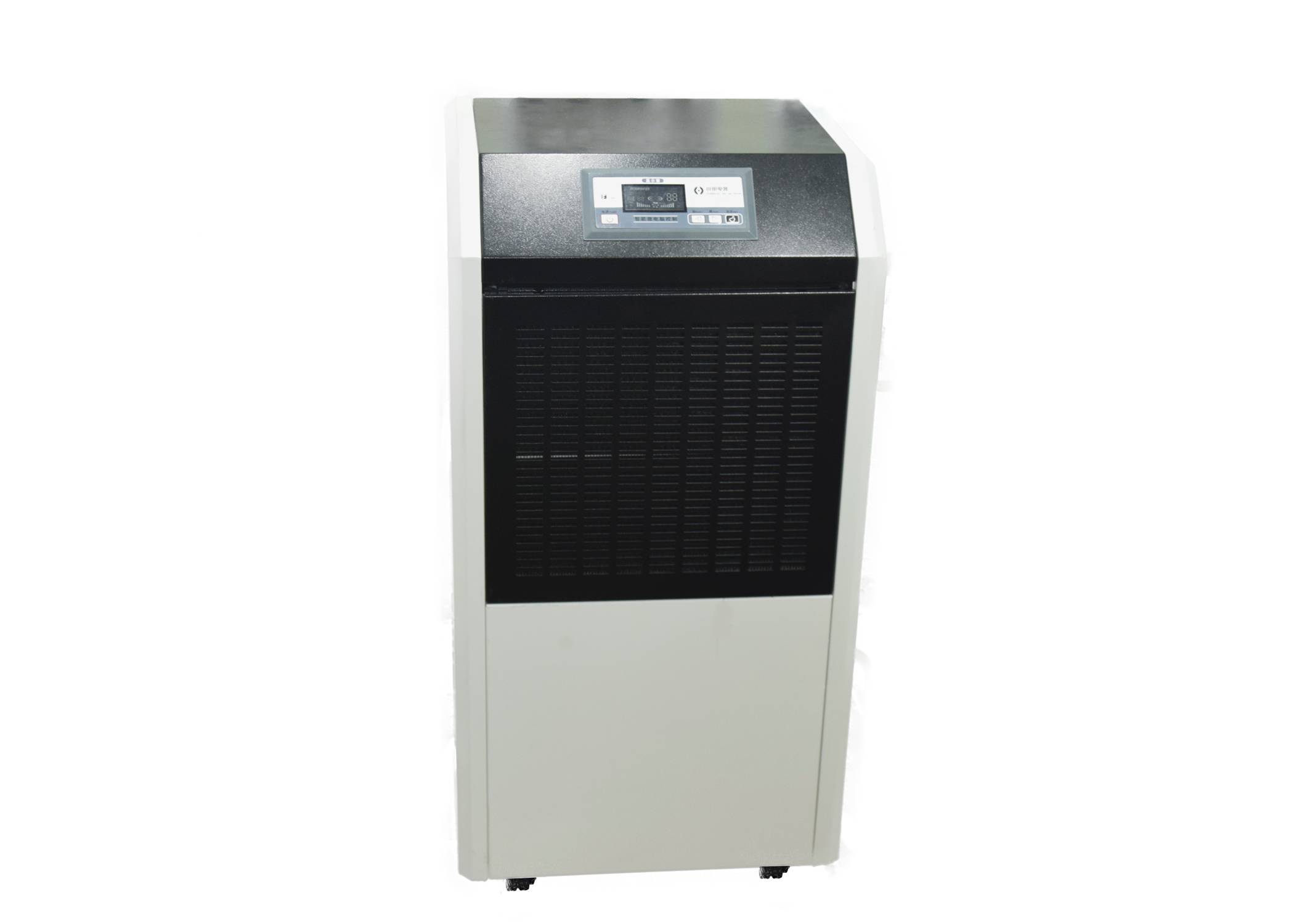

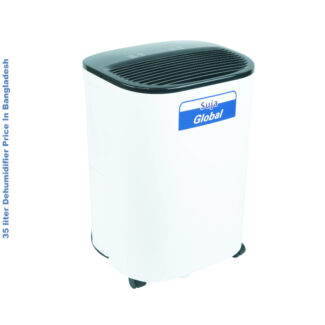
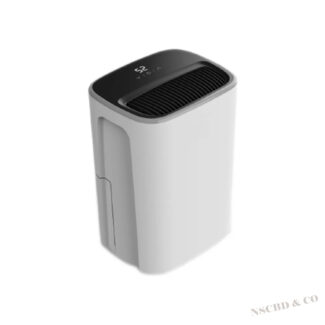
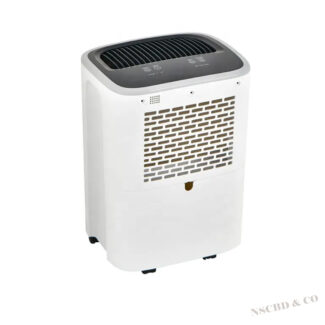
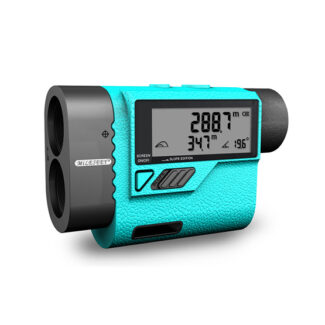
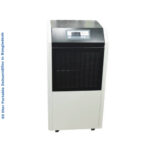
Reviews
There are no reviews yet.